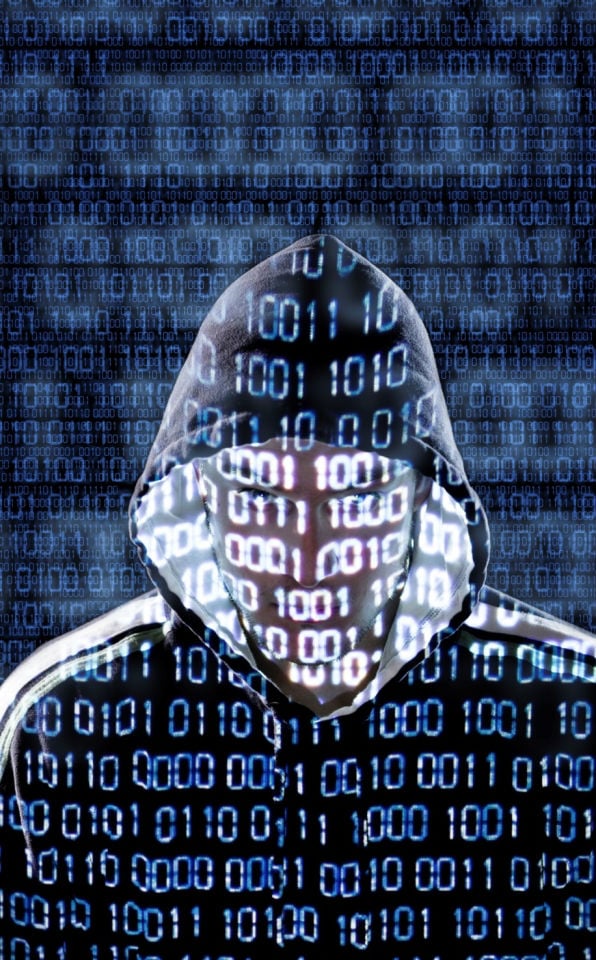
Colocation America Proudly Supports Women in STEM
February 12, 2014Top 5 Hosting Conferences of 2014
February 13, 2014There are more than 10,000 known computer viruses in existence and according to the University of Houston, hundreds more are created every month. Securing your computer against growing threats seems overwhelming, but the right strategies can help keep your network safe and functional.
PC Security
 While many people are cavalier about network security at home, personal computers are particularly vulnerable because they contain a wealth of critical information. If you open an email message that contains a virus, everything on your computer can fall into the hands of a criminal. Take steps to safeguard your home computer and avoid ending up a victim.
While many people are cavalier about network security at home, personal computers are particularly vulnerable because they contain a wealth of critical information. If you open an email message that contains a virus, everything on your computer can fall into the hands of a criminal. Take steps to safeguard your home computer and avoid ending up a victim.
Anti-virus software is a simple and effective way to prevent harmful software and files from penetrating your computer. These programs check for infected files and clean or destroy them. Many anti-virus programs do this automatically when a file is opened, in addition to periodically scanning all of your files during a full-system review.
Patches are also an effective way to deter intruders: by evaluating and installing patches to secure known vulnerabilities, you keep unwanted intruders away. And while anti-virus software and patches can deter unfortunate consequences, so can common sense: only open files from known senders, and avoid those with unusual or incomprehensible subject lines. Without the proper protection, this nameless, faceless stranger may have access to your personal information.
Security Tips
Install a firewall – A firewall, either in the form of hardware or software, is also an important component of computer security; acting as a gatekeeper, a firewall permits only acceptable network traffic to pass between your computer and the Internet.
File encryption and unique passwords – For even greater restricted access or enhanced heightened security, consider file encryption. Even the least tech savvy computer owners can take precautionary measures against security threats. Use caution when downloading and installing new programs, as well as when opening unknown, potentially malicious email attachments, both of which commonly contain viruses and worms.
Be sure and choose unique and unrelated passwords so even if an intruder steals one, the other passwords remain safe.
Lastly, while steps can be taken to safeguard your files, none are foolproof. Take the time to back up your files; this is not only critical in the case of malicious access, but also when equipment fails.
While your company’s IT department has likely taken many of the above measures to protect the network, follow the same rules on your work computer. This includes using anti-virus programs, installing firewalls and selecting a unique password.
Why Security Matters
Sound IT methodologies can mean the difference between a crippled network and seamless workflow. IT administrators can minimize threats by considering two security-related factors: technical and human.
Technical elements include maintaining current antivirus programs to ensure continuous protection against malicious software, as well as the installation of a dedicated hardware-based firewall for optimal protection.
Thoroughly evaluating your security risks is the best way to minimize them.
On the human side, setting password policy, disabling add-ons, and blocking users from installing software may seem unnecessary, but they are extremely useful measures. By restricting employees to vulnerable areas, IT managers can significantly reduce threats to security.
While no network is a fortress and threats to computer security change by the day, so do the technologies which protect against them. Constant vigilance and dedicated execution help provide optimal protection against computer catastrophes both at home and in the office.
Joanna Hughes writes on all subjects, ranging from style and fashion to the latest in business and tech, such as new ways to safeguard your online reputation.
